"The Curious Case Of Asteroid (29075) 1950 DA"

Introduction
In this article, we will delve into the curious case of asteroid (29075) 1950 DA, a near-Earth object that has sparked significant interest and concern among astronomers and the public alike. We will explore the asteroid's discovery, characteristics, potential impact on Earth, and current efforts to study and mitigate any potential catastrophic collision.
Discovery
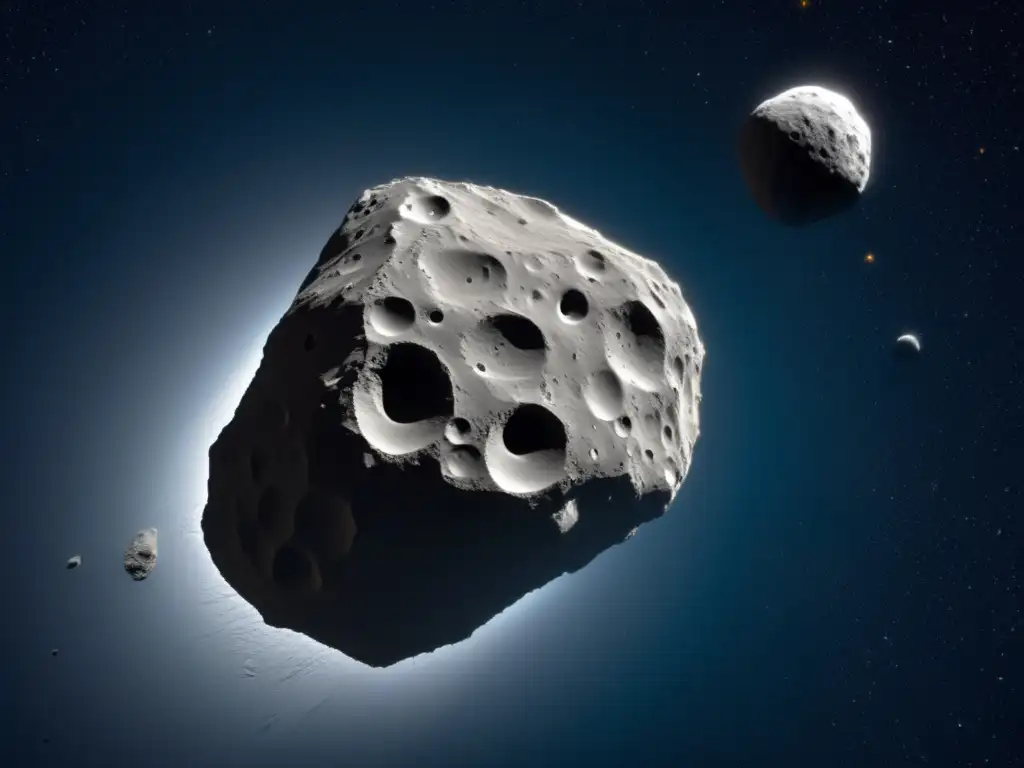
1950: Initial Observation
Asteroid (29075) 1950 DA was first observed on February 23, 1950, by Carl A. Wirtanen at the Lick Observatory in California. It was identified as a relatively small near-Earth object (NEO) with a diameter of approximately 1 kilometer.
2000: Radar Imaging
In March 2000, the asteroid was imaged via radar by the Arecibo Observatory in Puerto Rico. This allowed for a more precise estimation of its size, mass, and composition.
2014: Critical Observation
In 2014, a critical observation was made that suggested the asteroid could pose a significant long-term threat to Earth.
Characteristics

Size and Mass
Asteroid (29075) 1950 DA is estimated to have a diameter of around 1 kilometer and a mass of approximately 4 billion tons.
Composition
The asteroid is believed to be composed of metal and rock, consistent with the makeup of most asteroids in our solar system.
Orbit and Potentially Hazardous Nature
The asteroid has a highly elliptical orbit, bringing it within close proximity to Earth at certain points in its orbit. Its orbit also crosses the Earth's orbital path, making it a potentially hazardous object that could collide with our planet in the future.
Potential Impact and Mitigation Efforts
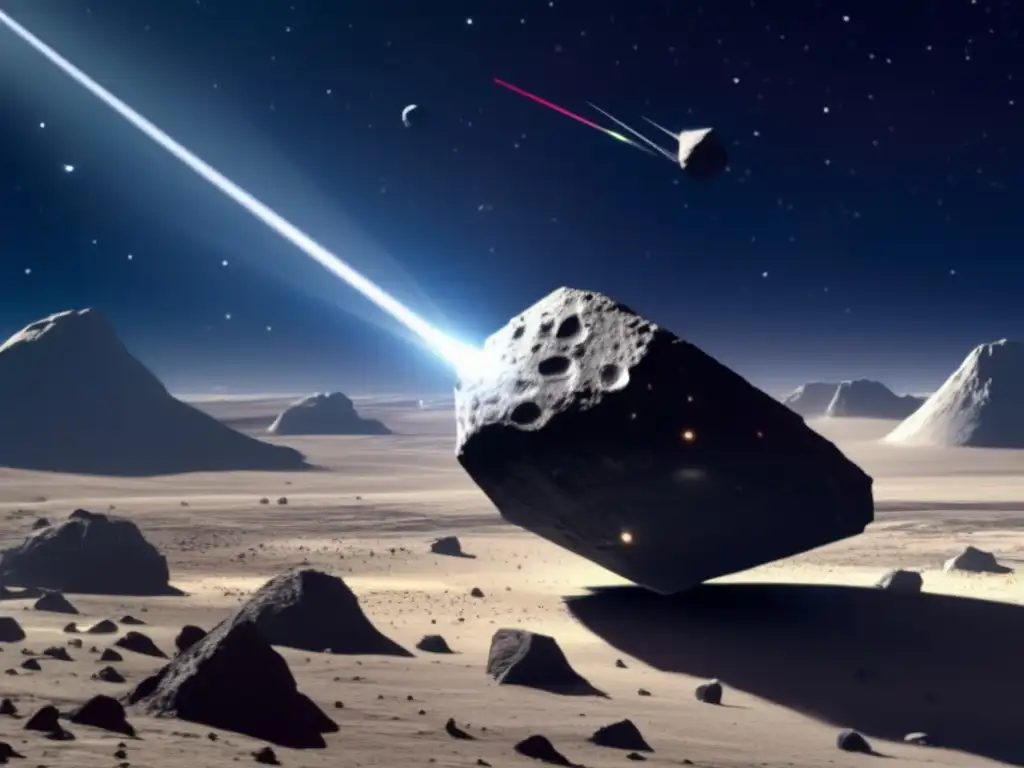
Impact Modeling
In 2014, NASA researchers used new data obtained from radar imaging to create more accurate models of the asteroid's trajectory and potential impact on Earth. The models suggest the asteroid could hit Earth in approximately 867 years, with a collision potentially causing catastrophic damage.
Mitigation Strategies
Several mitigation strategies have been proposed to reduce the risk of a potential impact by Asteroid (29075) 1950 DA. These include deflection methods such as kinetic impactors, gravity tractors, and nuclear explosions. However, further research and testing are required to determine the efficacy of these methods and their potential impact on the asteroid's orbit.
Observation and Monitoring
Observation and monitoring efforts continue to be essential in tracking the asteroid's orbit and predicting any potential threat to Earth. The asteroid remains a prime target for future observation and study by scientists and researchers.
Frequently Asked Questions
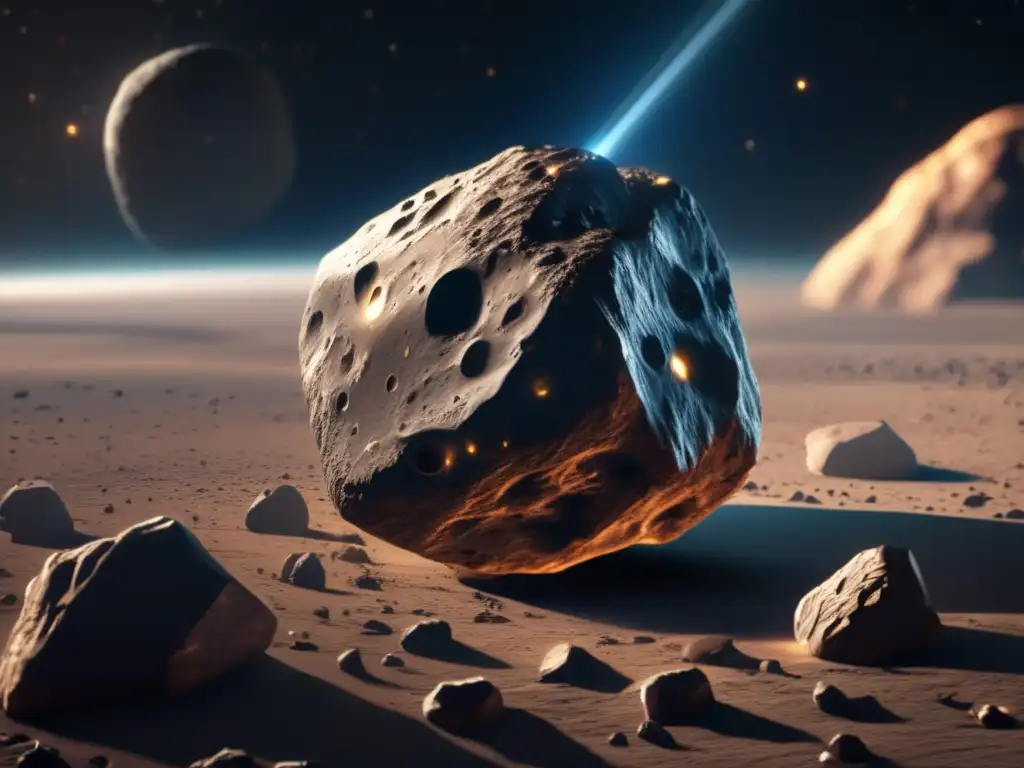
-
Is Asteroid (29075) 1950 DA a significant threat to Earth?
The asteroid is considered a potentially hazardous object due to its elliptical orbit and proximity to Earth at certain points in its orbit. While the asteroid's potential impact with Earth is currently estimated to be several centuries away, it remains a subject of ongoing study and concern.
-
What mitigation strategies are being considered to prevent a potential impact?
Several deflection methods have been proposed, including kinetic impactors, gravity tractors, and nuclear explosions. However, further research and testing are required to determine the efficacy of these methods and their potential impact on the asteroid's orbit.
-
What impact would a collision with Asteroid (29075) 1950 DA have on Earth?
The exact impact would depend on several factors, including the asteroid's speed, angle of approach, and location of impact. However, based on current models, a collision could result in catastrophic damage, including significant loss of life and infrastructure.
-
Are there any current efforts to monitor and study Asteroid (29075) 1950 DA?
Yes, observation and monitoring efforts continue to track the asteroid's orbit and potential threat to Earth. The asteroid remains a prime target for future study and research by scientists and researchers.
-
Has Asteroid (29075) 1950 DA been named?
Yes, the asteroid is officially known as (29075) 1950 DA.
Conclusion
Asteroid (29075) 1950 DA is a fascinating and concerning object of study for astronomers and the public alike. While its potential impact with Earth is currently estimated to be centuries away, continued observation and research remain crucial in mitigating any potential catastrophic effects. We encourage readers to stay informed on the latest developments and to actively support efforts to monitor and study the asteroid.
Thank you for reading!
Additional Resources
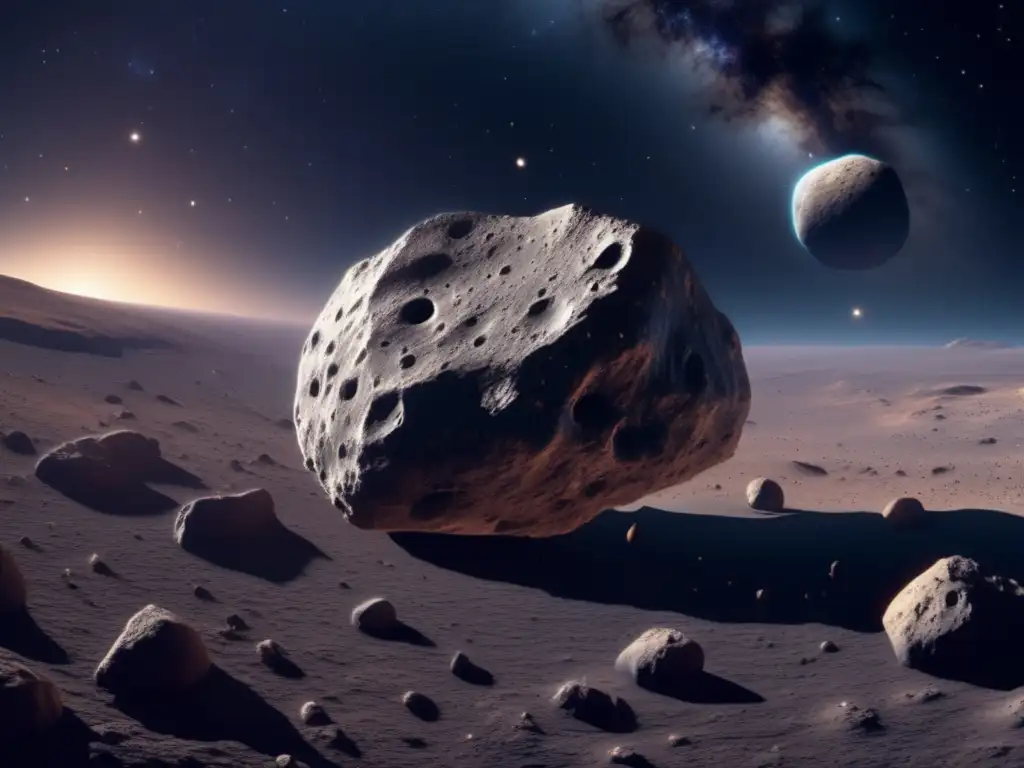
- NASA Planetary Defense FAQ
- Asteroid (29075) 1950 DA: A Potentially Hazardous Asteroid
- NASA Solar System Exploration: Asteroid (29075) 1950 DA
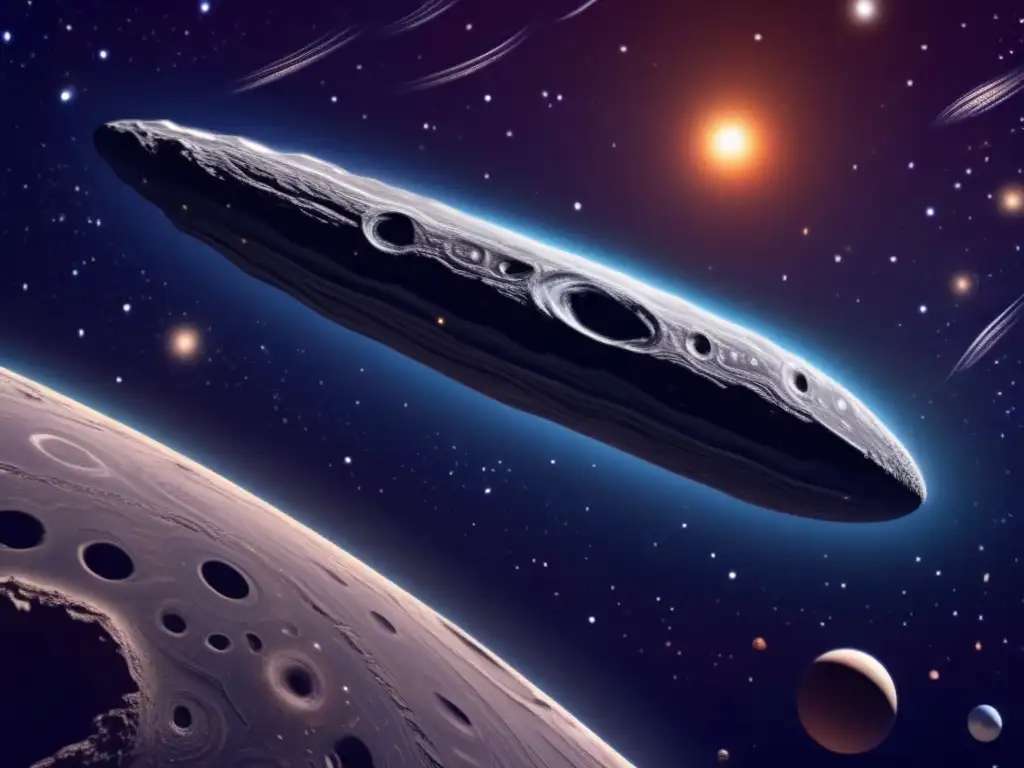 The Tale Of 'Oumuamua: An Interstellar Visitor
The Tale Of 'Oumuamua: An Interstellar Visitor Astraea: A Breakthrough In Asteroid Discovery
Astraea: A Breakthrough In Asteroid Discovery The Discovery And Exploration Of The Asteroid Itokawa
The Discovery And Exploration Of The Asteroid ItokawaIf you want to discover more articles similar to "The Curious Case Of Asteroid (29075) 1950 DA", you can visit the Asteroid Discoveries category.
Leave a Reply

Articulos relacionados: